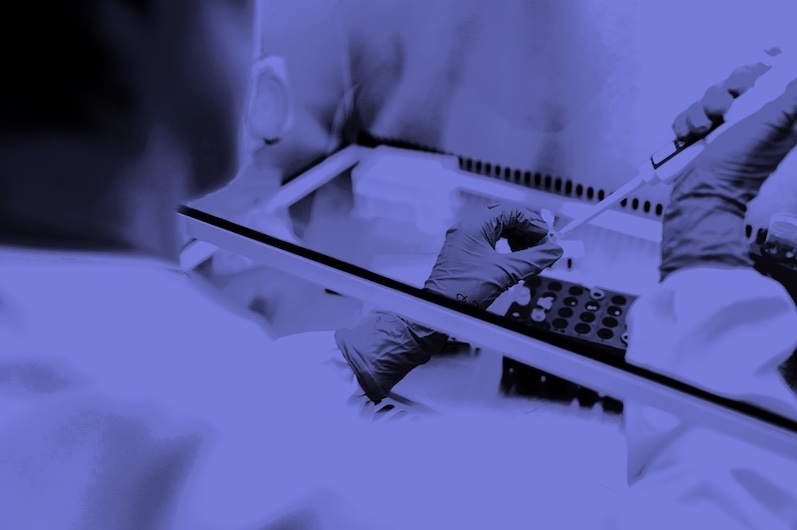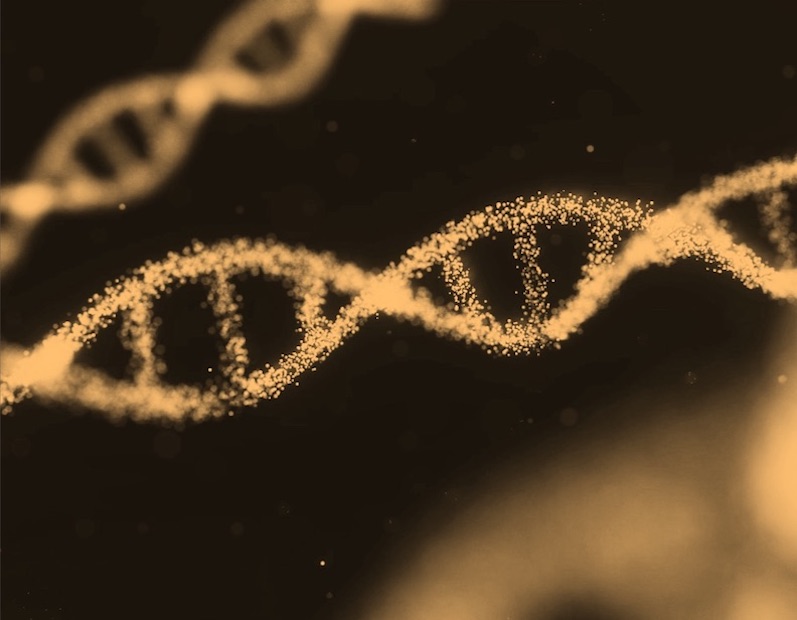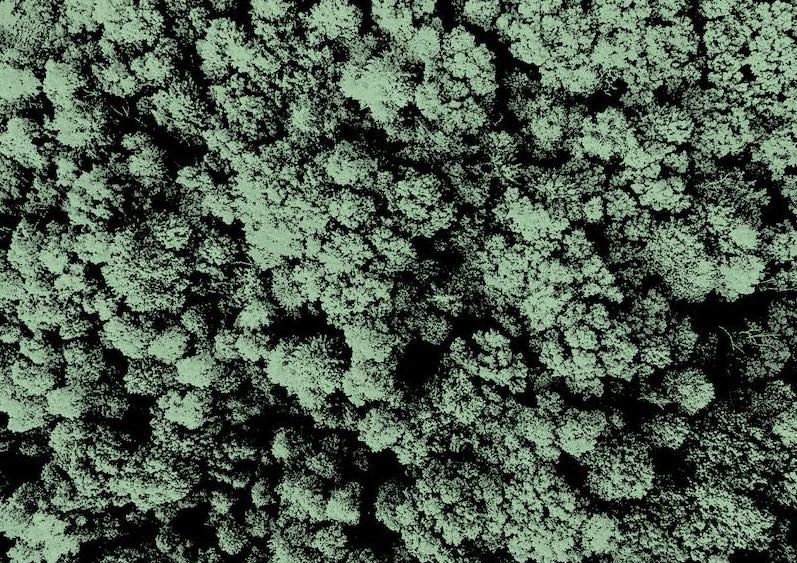What is it about?
This work explains to use mine borne bacteria to extract uranium and avoiding high consumption of sulphuric acid and pyrolusite, and loss of uranium as uranium phosphate.
Featured Image
Why is it important?
Uranium ore from Narwapahar Mines, UCIL contains 0?047% U3O8 with some refractory minerals and high apatite (5%) results in a maximum 78% recovery through conventional processing. Bacteria feeds on Phosphorus and use iron in ore to indirectly extract uranium
Perspectives
The study is important in view of the fact that the Narwapahar ore has high grinding index and also has a high amount of apatite which is detrimental to the normal chemical leaching processing and may have a bearing on the leachability characteristics even in presence of enriched culture of two mesophiles
Dr Abhilash Abhilash
National Metallurgical Laboratory, Jamshedpur
Read the Original
This page is a summary of: Bioleaching of apatite rich low grade Indian uranium ore, Canadian Metallurgical Quarterly, October 2012, Taylor & Francis,
DOI: 10.1179/1879139512y.0000000024.
You can read the full text:
Contributors
The following have contributed to this page







